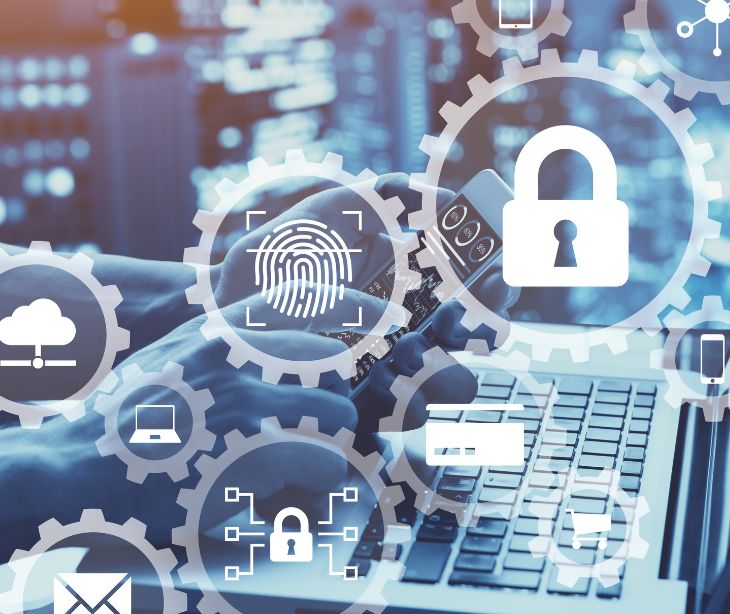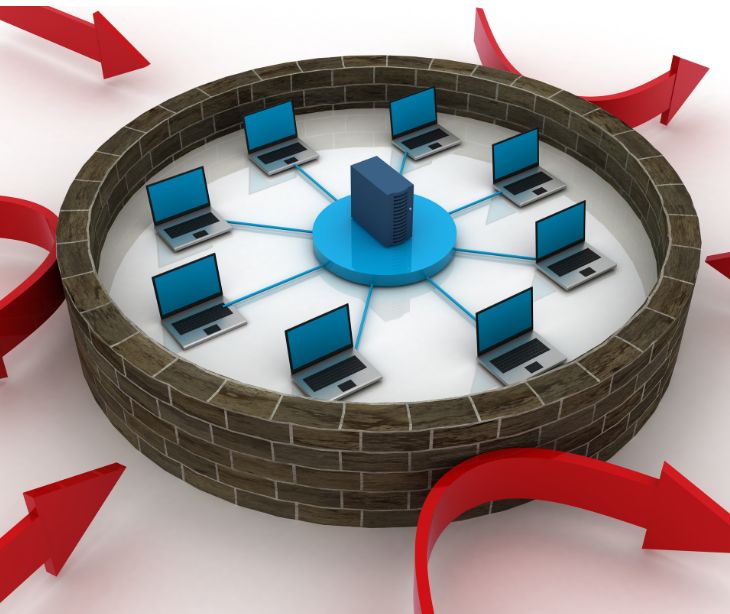
Despite its widespread use and convenience, email remains a top target for cybercriminals due to its vulnerabilities and potential for financial gain. Many businesses and individuals rely on cloud-based email and file-sharing applications for communication and productivity. Email platform's built-in security measures often fail to protect against email-borne threats.
Moreover, employees often lack the training to identify and thwart social engineering tactics in email attacks. This makes them easy targets for cybercriminals, contributing to the human element involved in 74% of breaches.
Read also: Are emails a risk for breaches?
Common email threats
- Spam: Spam is unsolicited email that contains unwanted or malicious content. While some spam emails may be harmless, others may contain malicious links or malware attachments that can lead to data breaches or system compromise.
- Identity theft: Identity theft is stealing personal information, such as names, addresses, and passwords, for malicious purposes. Cybercriminals can use this stolen information to carry out fraudulent activities, including financial scams and unauthorized access to accounts.
- Phishing: Phishing is a deceptive technique used to gather personal information through fraudulent emails and websites. Attackers pose as legitimate entities or individuals to trick recipients into revealing sensitive information or downloading malicious attachments.
- Ransomware: Ransomware is a type of malware that encrypts files or entire computer systems, rendering them inaccessible until a ransom is paid. Many ransomware attacks are initiated through email, where unsuspecting users unknowingly download malicious attachments or click on malicious links.
- Business email compromise (BEC): BEC involves cybercriminals hijacking business email accounts to carry out fraudulent activities, such as unauthorized fund transfers. This type of attack often relies on social engineering tactics to deceive employees into executing unauthorized transactions.
These are just a few examples of the email threats faced by businesses and individuals on a daily basis. The constantly evolving nature of these threats, coupled with the increasing availability of malicious tools and services on the dark web, further exacerbates the challenge of securing email communications.
Read more: Email cyber threats 101: Types and tactics
Reasons behind the targeting of emails
Emails continue to be a prime target for cybercriminals due to several reasons:
- Human error: Despite training and best practices, employees are prone to making mistakes, such as clicking on suspicious links or falling for phishing scams.
- Use of personal email accounts: Many employees still use their personal email accounts for business communications, often lacking the security measures provided by enterprise email systems.
- Social engineering: Cybercriminals exploit human vulnerabilities by using tactics like email spoofing, impersonating a trusted sender to deceive recipients into taking actions that compromise their security. This technique preys on the trust and familiarity individuals have with their colleagues or superiors.
- Evolution of threats: Hackers and spammers continuously adapt their tactics to circumvent security measures. The availability of malicious tools and services on the dark web further fuels their ability to launch sophisticated attacks.
- Inadequate security measures: Many businesses fail to implement security measures, leaving their email inboxes vulnerable to spam and malicious emails. Without proper security measures, vulnerabilities can be exploited, and malware can wreak havoc on systems.
Defending against email-based threats
Protecting email communications requires a multi-faceted approach that combines policies, tools, and user awareness. Here are some steps you can take to defend your business against email-based threats:
- Implement email filtering systems: Use email filtering systems with features like spam detection protocols, strict anti-phishing rules, and user-based filter settings. These systems can help eliminate email threats before they reach users' inboxes, thereby safeguarding network security and productivity.
- Security policies and training: Establish and enforce security policies that outline best practices for email usage, including guidelines on identifying and reporting suspicious emails. Regularly train employees on email security awareness and provide them with the tools to identify and respond to potential threats.
- Report and respond to breaches: In the event of a breach, promptly report and cut off access through the compromised email address. Change all passwords across devices and adjust account settings to prevent further unauthorized access. Consider implementing multifactor authentication (MFA) to add an extra layer of security.
- Conduct security assessments: Regularly assess your network and email security to identify any vulnerabilities or potential breaches. This can include penetration testing, vulnerability scanning, and monitoring for any suspicious activities.
- Stay updated on security technologies: Keep abreast of the evolving threat landscape and invest in security technologies that can adapt to new and emerging email threats. Continuously update and patch your systems to address any vulnerabilities.
See also: HIPAA Compliant Email: The Definitive Guide
FAQs
What should I do if I suspect an email is a phishing attempt?
If you suspect an email is a phishing attempt, do not click on any links or download any attachments. Instead, report the email to your IT department or email provider. They can investigate the email and take appropriate action to protect your account and network.
How often should security assessments be conducted?
Security assessments should be conducted regularly, depending on the size and complexity of your organization. It is recommended to perform security assessments at least annually or whenever changes occur in your network infrastructure or threat landscape.
Subscribe to Paubox Weekly
Every Friday we'll bring you the most important news from Paubox. Our aim is to make you smarter, faster.




